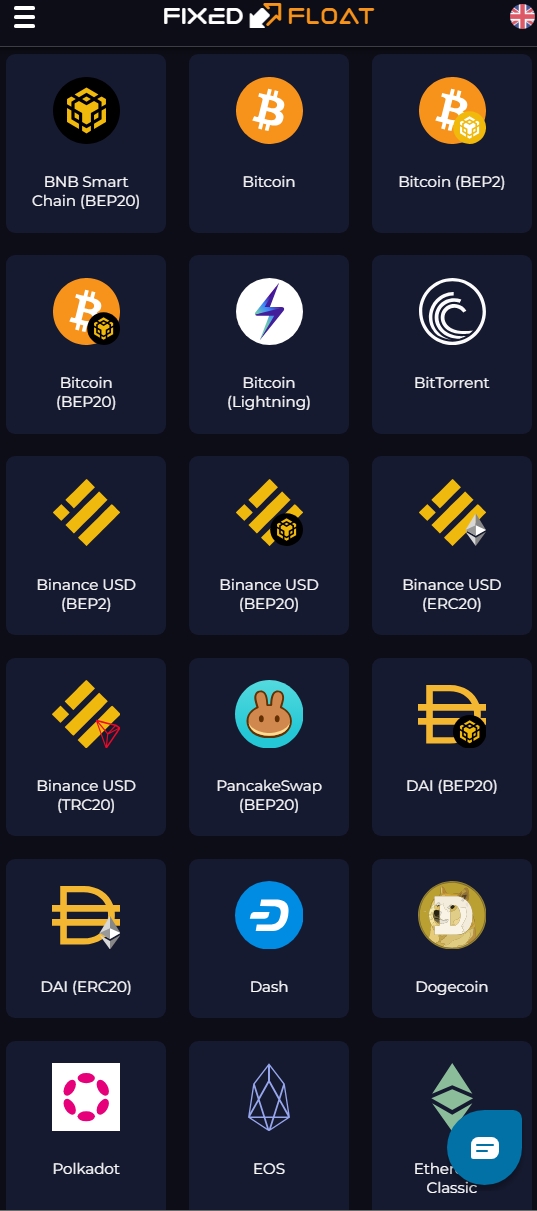CMO - Chande Momentum Oscillator
Chande Momentum Oscillator (also known as CMO indicator) was developed by Tushar S. Chande – a well known technical analyst and futures markets trader and the author of ‘Beyond technical analysis’ book. The CMO indicator has been described first in another widely acclaimed book ‘The new Technical Trader’ (Tushar S. Chande and Stanley Kroll, year 1994).
CMO is similar to other momentum oscillators (e.g. RSI or Stochastics). Alike RSI oscillator, the CMO values move in the range from -100 to +100 points and its aim is to detect the overbought and oversold market conditions. Unlike the RSI oscillator, CMO calculates the price momentum on both – the up days as well as the down days. The CMO calculation is based on non-smoothed price values meaning that it can reach its extremes more frequently and the short-time swings are more visible.
HMA - Hull Moving Average
HMA indicator is a common abbreviation of Hull Moving Average. The average was developed by Allan Hull and is used mainly to identify the current market trend. Unlike SMA (simple moving average) the curve of Hull moving average is considerably smoother. Moreover, because its aim is to minimize the lag between HMA and price it does follow the price activity much closer. It is used especially for middle-term and long-term trading.
ZLEMA - Zero Lag Exponential Moving Average
ZLEMA is an abbreviation of Zero Lag Exponential Moving Average. It was developed by John Ehlers and Rick Way. ZLEMA is a kind of Exponential moving average but its main idea is to eliminate the lag arising from the very nature of the moving averages and other trend following indicators. As it follows the price closer, it also provides better price averaging and responds better to price swings.
KAMA indicator - Kaufman Adaptive Moving Average
KAMA is an abbreviation of Kaufman Adaptive Moving Average. This indicator of technical analysis was created by an American trader Perry Kaufman (he is also an expert in creating algorithmic trading programs).
KAMA indicator belongs to into the group of adaptive moving averages. Moving averages, generally, follow the price and its development for a certain period of time. E.g. if a trader decides to calculate 10-day Simple moving average, the actual moving average value is calculated always from the last 10 days. Sometimes a greater weight can be put on the most actual days, like Weighted moving average does, but the important thing is that the 11th day does not have any effect on the calculation as it falls beyond the selected time range.
Aroon indicator
Aroon Indicator was developed by Tushar Chande in 1995. It belongs to trend indicators of technical analysis so its main task is to identify the prevailing trend on the market and the likelihood of change in trend. Alike another popular trend indicators - ADX or RWI it consists of two smaller sub-indicators - Aroon Up and Aroon Down. Aroon Up measures the strength of an uptrend while Aroon Down measures the strength of a downtrend.
Heikin Ashi candles
Unlike common candlestick charts Heikin ashi candles try to filter out some noise of the market and display the prices in a form that is much easier to comprehend. Heikin ashi simplifies the trend identification and the process of chart trading.
Page 2 of 3
